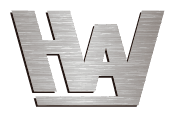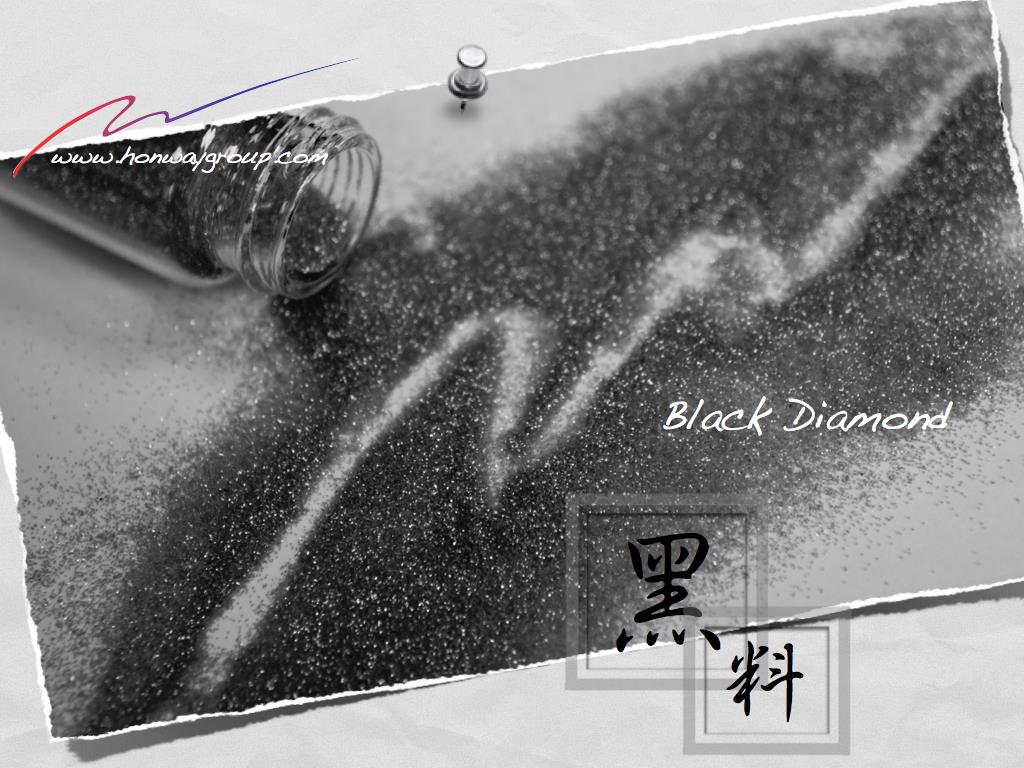In grinding processes, dressing grinding wheels is a crucial step that directly affects machining accuracy, efficiency, and stability.
Different types of grinding wheels have different dressing purposes and methods. For example, traditional abrasive grinding wheels are mainly dressed to remove dulled abrasive grains and restore cutting ability; Superabrasive grinding wheels, on the other hand, focus on maintaining shape accuracy, improving cutting performance, and preventing surface clogging.
Furthermore, grinding wheels with different bond type, such as resin, metal, ceramic, and electroplated bonds, also have different dressing methods.
This article will explore the dressing requirements and methods of various types of grinding wheels, and analyze the impact of different dressing equipment on machining quality, to help readers choose appropriate dressing strategies and ensure optimal grinding results.
Table of Contents
Introduction to Grinding Wheel Bonds
Resin Bond
Symbolized as “R”
Resin bond uses synthetic resin or natural resin as a base material and is widely used in the manufacture of grinding wheels and abrasives. Due to its excellent resistance to high-speed rotation and elasticity, resin can provide high efficiency and good flexibility during the grinding process. This bonding agent characteristic is particularly suitable for various processing methods such as rough grinding, fine grinding, and free grinding, and is especially suitable for occasions requiring rapid cutting and efficient material removal.
Vitrified
Symbolized as “V”
The main components of ceramic bonding agents are clay, feldspar, and quartz. These materials are sintered into a hard structure at a high temperature of 1200 degrees. Because it is made of vitreous bonding material, it has a porous structure, which makes the grinding wheel have better sharpness and high machining accuracy. Ceramic bonds have no elasticity and are more suitable for high-precision grinding.
Metal Bond
Symbolized as “M”
Metal bond is made of metal powder. The main components include two major categories: bronze bond and electroplated bond. The bond has strong abrasive retention, good durability, and the longest service life among all bonds. It can also maintain a good shape, so it can withstand large loads. It is suitable for heavy-duty forming of cemented carbide and other hard alloys, and can also be used for grinding hard and brittle materials (ceramics, glass, quartz, stone, sapphire, silicon, etc.).
Electroplated
Symbolized as “P”
Electroplated bond uses electroplating technology to fix the abrasive on the substrate, usually using nickel or copper as the bonding material. This type of bond has a relatively high bond strength, and usually attaches a single layer or multiple layers of abrasive grains to the substrate by electroplating, so the grinding wheel has the shortest lifespan. However, it is particularly suitable for processing superhard materials, such as diamond or cubic boron nitride (CBN) grinding wheels. The characteristics of electroplated bond are high precision and the strongest cutting force, and it is often used in grinding operations requiring high speed and high precision.
(Extended reading: The Key Role of Grinding Wheel Performance – Bond)
Dressing Reasons for Traditional vs. Superabrasive Grinding Wheels
Q. Why do traditional abrasive grinding wheels need dressing?
A. The sharpening of traditional abrasive grinding wheels is mainly to remove dulled abrasive grains and expose new sharp abrasive grains to restore the cutting ability of the grinding wheel. Therefore, new grinding wheels need to be dressed regularly after installation or after a period of use.
Q. Why do superabrasive grinding wheels need dressing?
A. The purpose of dressing superabrasive grinding wheels is completely different. It is mainly to maintain the shape accuracy of the grinding wheel, improve cutting performance and prevent abrasive surface clogging, so as to ensure stable processing results and longer service life.
How to Dress Grinding Wheels with Different Bond Type
1. Dressing Resin and Metal Bond CBN Grinding Wheels
Resin and metal bond CBN grinding wheels almost always require a two-stage dressing process.
- The first stage – dressing: Corrects the grinding surface of the grinding wheel to achieve the desired shape and flatness.
- The second stage – truing: Removes the bond covering the abrasive grains, allowing the abrasive cutting edges to be fully exposed, ensuring grinding performance.
These dressing operations are usually performed after the grinding wheel is installed on the grinding machine.
※ Note: Some grinding wheels have completed dressing and truing before leaving the factory and can be put into use immediately. However, this requires that the customer’s grinding machine spindle and grinding wheel mounting chuck are in normal condition and have extremely small runout to ensure machining accuracy.
(Extended reading: How to Control the Surface Roughness of Grinding Processing? Improve Surface Quality)
In actual use, in order to maintain the shape of the grinding wheel, it is still necessary to perform dressing and truing from time to time to ensure stable processing quality.
Note: If the metal bond correction encounters difficult-to-repair situations, it needs to be sent back to the factory for surface electrolysis to remove the bond and expose the abrasive.
2. Dressing Ceramic Bond Grinding Wheels
Ceramic bond CBN grinding wheels, due to the characteristics of their bond, usually still require two stages of dressing when they are used for the first time or need to be reshaped.
However, most porous ceramic bond CBN grinding wheels, due to their special pore structure, make it easier for abrasive grains to be exposed. Therefore, in some cases, the two stages of dressing and truing can be combined into one stage to complete, which is more time-saving and efficient.
※ Note: Not all porous ceramic CBN grinding wheels require only one stage. The specific situation still needs to be determined according to the specifications and use of the grinding wheel, and the material of the workpiece to be ground, etc., to determine whether one stage is sufficient or two stages are required.
Q. How should electroplated grinding wheels be dressed?
Electroplated grinding wheels are the only grinding wheels that do not require dressing or truing. The abrasive is only a thin layer on the substrate, and if dressing is performed, the abrasive will fall off and the grinding wheel cannot be used.
A. If the abrasive grains of the grinding wheel fall off seriously, you can choose to re-electroplate or order a new one, and you can change the grit size for re-electroplating!
(Extended reading: What is the current status of the grinding wheel? – Electroplated Grinding Wheel Section)
Q. Can I use other equipment to dress the grinding wheel without using a grinding machine?
A. Yes, although it can be done directly on the grinding machine, other equipment such as lathes or special dressing machines are sometimes used. For example, it can be completed on a lathe or a specially designed single-function machine. These types of small equipment are easily compatible with existing grinding machines.
However, special attention needs to be paid to the spindle runout and other issues of such equipment. If the spindle runout of this type of equipment used specifically for dressing grinding wheels is too large or the spindle of the grinding machine itself is inaccurate, it will affect the accuracy of the grinding wheel.
Conclusion
Dressing the grinding wheel is an important step to ensure grinding accuracy and efficiency. Different types and bond types of grinding wheels have different dressing methods and purposes. Traditional abrasive grinding wheels mainly remove passivation abrasive grains through dressing to restore cutting performance; while the dressing of superabrasive grinding wheels is to maintain shape accuracy, improve grinding performance and prevent clogging.
The dressing methods of grinding wheels with different bonds are also different. Resin and metal bond CBN grinding wheels usually need to go through two stages of dressing and truing, while ceramic bond CBN grinding wheels may decide whether to combine into a single dressing step according to the pore structure. Electroplated grinding wheels do not need to be dressed at all, because their abrasive layer is extremely thin, and dressing will instead cause the abrasive grains to fall off, making the grinding wheel unusable. In addition, although dressing work is usually carried out on the grinding machine, in some cases, a lathe or a special dressing machine can be used to complete it. However, no matter what equipment is used, special attention must be paid to the runout and accuracy of the spindle to ensure that the dressed grinding wheel can maintain the best grinding effect and processing quality.
Action
- How to choose grinding wheel>>>How to Choose Between Diamond Wheels and CBN Wheels?
- The basic knowledge of abrasives that must be known>>>Grinding-Abrasive Introduction
- The Key Role of Grinding Wheel Performance>>Bond
- Various aspects of grinding wheel abrasive grains>>The Grinding Effect of the Grinding Wheel Particles
- Is the current grinding wheel wear normally>>>What is the current status of the grinding wheel? – Electroplated Grinding Wheel Section
- How to dress a grinding wheel>>Grinding Wheel Dressing and Sharpening Methods
- Grinding wheel dressing in two stages>>What Are Truing and Dressing of Grinding Wheels?
- Different grinding states of cutting edge>>In-depth understanding of grinding wheel cutting edge shapes, variations, and self-sharpening mechanisms
- Action>>Diamond and CBN grinding wheel, Polishing abrasive, Polishing Equipment, Polishing Tools
- How to dress different bonding agents>>How to Dress Grinding Wheels with Different Bond Types
- Review
We offer customized adjustments to the grinding process, tailored to meet processing requirements for maximum efficiency.
After reading the content, if you still don’t know how to select the most suitable option,
Feel free to contact us and we will have specialist available to answer your questions.
If you need customized quotations, you’re also welcome to contact us.
Customer Service Hours: Monday to Friday 09:00~18:00 (GMT+8)
Phone: +8867 223 1058
If you have a subject that you want to know or a phone call that is not clear, you are welcome to send a private message to Facebook~~
Honway Facebook: https://www.facebook.com/honwaygroup
You may be interested in…
[wpb-random-posts]

